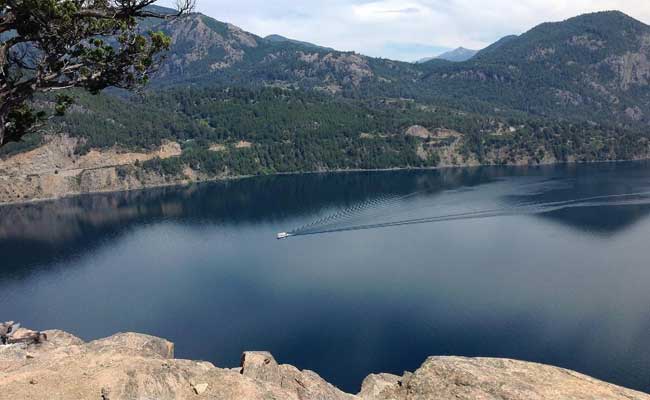Swamp is a Forested Wetland
A swamp is a type of forested wetland that is characterized by the presence of standing water and dense vegetation. Swamps are typically found in low-lying areas near rivers and lakes, and they play an essential role in the environment by providing habitat for a wide range of plant and animal species. In this article, we will explore the characteristics of swamps and their importance to the ecosystem.
What is a Swamp?
A swamp is a wetland ecosystem that is dominated by trees and other vegetation. The soil in swamps is saturated with water for most of the year, which creates an anaerobic environment that is unsuitable for many plant species. However, the vegetation that does grow in swamps is highly adapted to these conditions and can thrive in the wet, nutrient-rich soil. The water in swamps is typically shallow, and it may be stagnant or slow-moving. This provides a habitat for a wide range of aquatic organisms, such as fish, frogs, and turtles.
Characteristics of Swamps
Swamps are characterized by several key features, including their dense vegetation, standing water, and unique soil composition. Here are some of the key characteristics of swamps:
- Dense Vegetation – Swamps are characterized by dense vegetation, including trees, shrubs, and other plants. The trees in swamps are typically tall and thin, with shallow root systems that allow them to tolerate the saturated soil. The dense vegetation in swamps provides habitat for a wide range of animal species, including birds, mammals, and reptiles.
- Standing Water – Swamps are characterized by standing water that is present for most of the year. This water may be shallow or deep, and it may be stagnant or slow-moving. The water in swamps provides a habitat for aquatic organisms, such as fish, frogs, and turtles.
- Unique Soil Composition – The soil in swamps is highly organic and nutrient-rich. This is because the water in swamps is often stagnant or slow-moving, which allows organic matter to accumulate on the bottom of the swamp. The organic matter in the soil provides nutrients for the plants that grow in the swamp, which helps them to thrive in the wet, anaerobic environment.
Importance of Swamps to the Ecosystem
Swamps play an essential role in the ecosystem by providing habitat for a wide range of plant and animal species. Here are some of the key benefits of swamps:
- Biodiversity – Swamps are home to a wide range of plant and animal species. The dense vegetation in swamps provides habitat for many bird species, such as herons and egrets. The water in swamps provides habitat for aquatic organisms, such as fish and turtles. Swamps also provide habitat for many mammal species, such as beavers and otters.
- Flood Control – Swamps help to control flooding by absorbing large amounts of water during heavy rainstorms. The dense vegetation in swamps helps to slow down the flow of water, which reduces the risk of flooding downstream.
- Water Quality – Swamps play an essential role in maintaining water quality. The plants in swamps absorb nutrients and pollutants from the water, which helps to improve water quality downstream. Swamps also act as natural filters, removing sediment and other pollutants from the water.
- Carbon Storage – Swamps are important carbon sinks, which means that they store large amounts of carbon dioxide. The dense vegetation in swamps absorbs carbon dioxide from the atmosphere during photosynthesis, and this carbon is stored in the soil.
![]()





